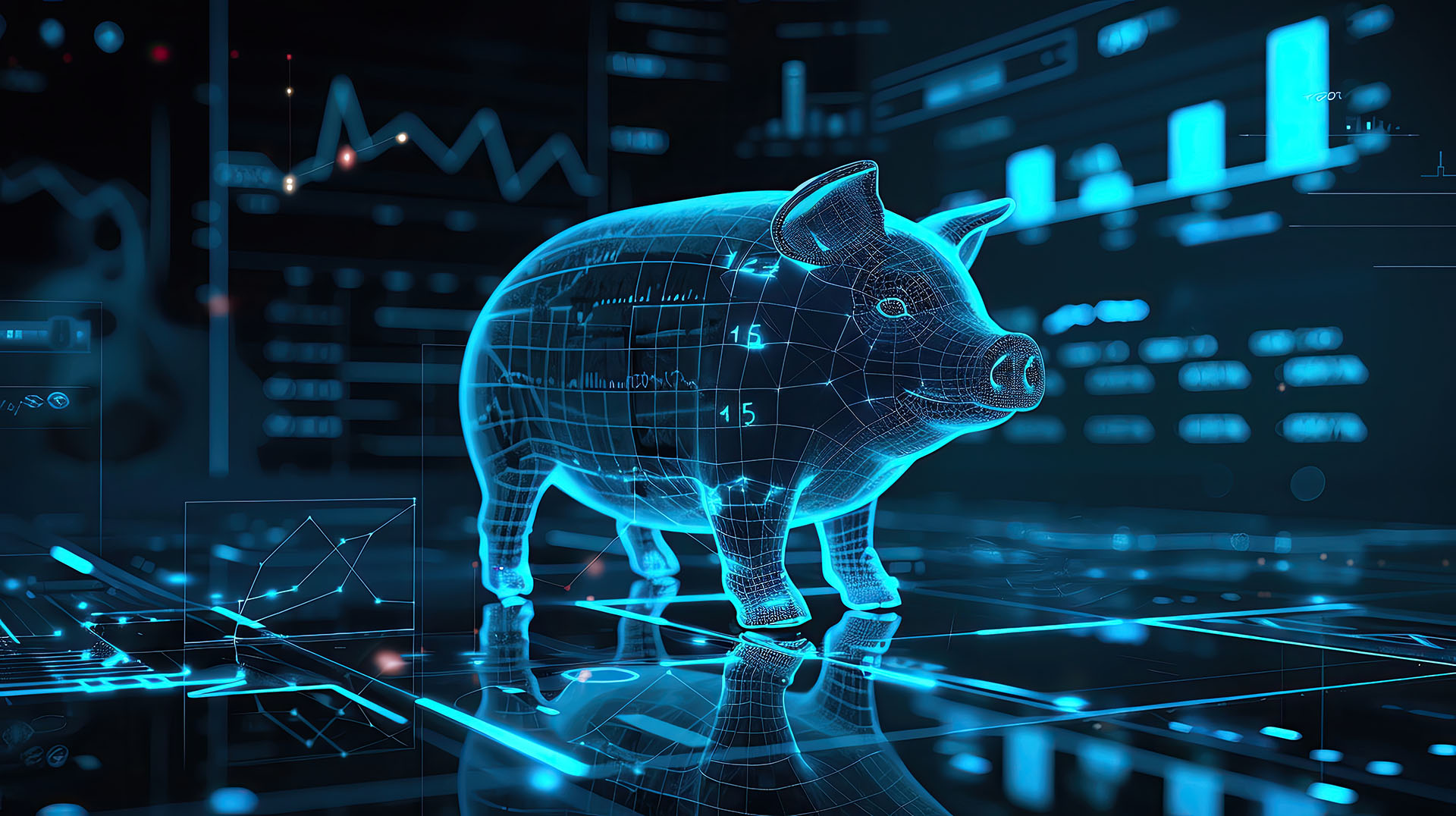18 August 2025

Gold companies have had a long relationship with Australian exchanges, dating back to the mid 1800s when Ballarat had its own exchange to cater to the booming gold rush.
Gold companies have had a long relationship with Australian exchanges, dating back to the mid 1800s when Ballarat had its own exchange to cater to the booming gold rush.
Typically having an inverse relationship to the dollar and being allergic to interest rate hikes, the precious metal has traditionally been seen as a hedge against inflation and a safe haven in times of economic uncertainty.
These effects were in full swing earlier this year when gold hit a new all-time high of over US$2078/oz in March. Funnily enough, this occurred just a day after copper – a base metal with abundant utility and a commodity that is ubiquitous with economic activity – also punched a fresh all-time high of over US$5/lb.
While there are some commodities that are more financialised than others, and there is a speculative aspect that needs to be factored in, the vast majority of the time when a commodity is physically traded, it is because a business needs it to operate.
In some respects, gold really breaks the barrier of this notion. A large part of its demand is driven by the US dollar, US monetary policy, geopolitics and central bank reserves – while industrial uses only account for 10% of consumption.
Intricate analysis is required to form a fundamental view on a commodity that can be relied on to make investment decisions, but analysts that also need to be able to adapt to short-term events draw the attention of speculative traders capitalising on a change in fundamentals.
Copper is especially susceptible to these changes. Citi analyst Max Layton, who in February this year was forecasting a $US9500/t copper price for Q1 CY23, is now forecasting $US6600/t for the same period because of the gas crunch. Macquarie has put forward a 691kt surplus for 2023, up from a 162kt deficit in 2022.
The scarcity of gold, of which only 187,000 tons has ever been mined, means that mining giants across the world will stop at nothing to find the next big deposit. There are also only around 57,000 known reserves, further fuelling the desperate search.
Newcrest Mining was for years convinced it was sitting on a worthy project in Indonesia. The Woyla project was land it explored extensively and narrowed down quite a few highly prospective drilling targets – before finally walking away in 2002 after failing to get any of the permits needed to find out what is lurking beneath the ground.
Far East Gold (ASX: FEG) now owns the project, with a team that recently proved it was capable of acquiring the permits, and is currently drilling in the hope of discovering the next big copper/gold deposit of the 21st century.
To register your details and stay up to date with Far East Gold, click here.
Reach Corporate provides Corporate Advisory Services, including managing investor communications on behalf of Far East Gold Ltd and will receive fees for its services.
Past performance is not a reliable indicator of future performance.
Sources
- Only Melbourne, The Ballarat Mining Exchange
- kitco.com, Is $3k next for gold price after breaching all-time highs?
- capital.com, Copper price forecast: Is the metal a buy on macro uncertainty?
- Linkedin, How to forecast a commodity: the building blocks (part 1)
- MATERIALS RISK, Gold prices: The top 10 most important drivers
- mining.com, Europe’s energy crisis to drop copper price to two-year low
- usgs.gov, How much gold has been found in the world?
- Far East Gold, WOYLA COPPER GOLD PROJECT


